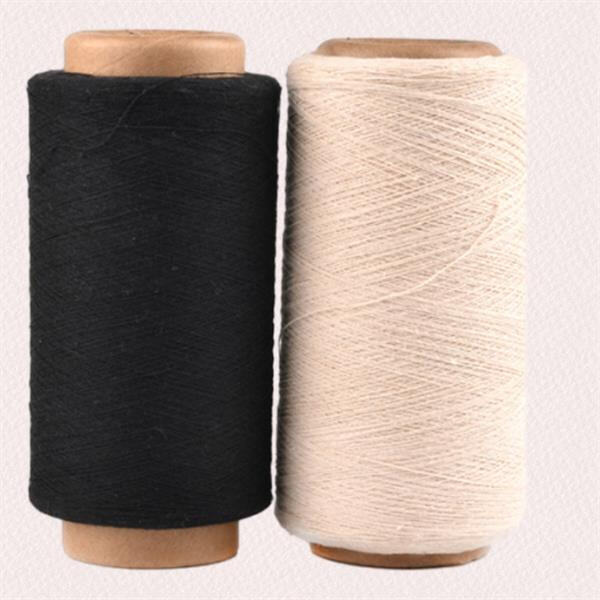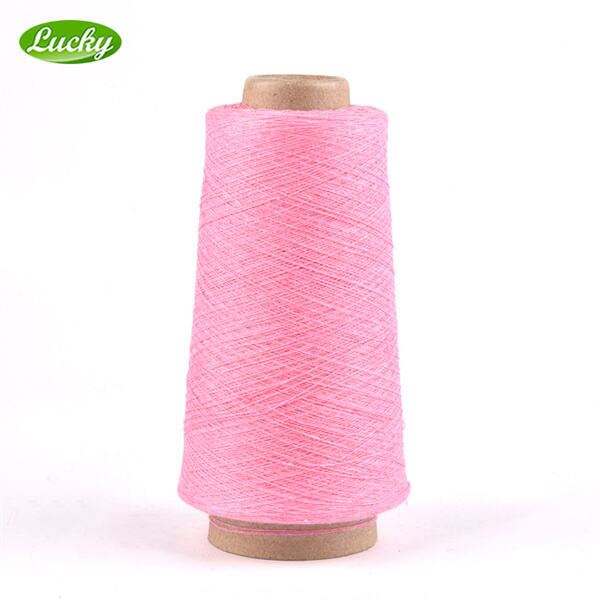Tel:+86 13967879487
Email:[email protected]
Tel:+86 13967879487
Email:[email protected]
Ti sei mai chiesto da dove proviene il filato colorato usato per i nostri passatempi preferiti? Molte persone stanno iniziando a importare filati dalla Cina. Anche Lucky Textile, un'azienda leader in soluzioni tessili, sta cercando di scoprire i vantaggi nell'importazione del filato dalla Cina. Entriamo dunque in questo affascinante sviluppo!
Negli ultimi anni, sempre più appassionati di maglia si sono rivolti alla Cina per i loro filati. Questo perché la Cina produce una quantità enorme di filato. Il paese ha una lunga tradizione di produzione di filati di qualità a basso costo, e quindi è una fonte prediletta per le aziende che cercano di importare filato.
Un grande vantaggio nell'ottenere filati dalla Cina è il costo. C'è un'altra ragione per cui i produttori di filati si rivolgono ai filati cinesi - e ha a che fare con ciò che le aziende hanno in gioco. I filati cinesi sono spesso più economici rispetto a quelli di altri paesi, il che significa che le aziende possono ridurre i costi di produzione. Inoltre, i filati cinesi tendono ad essere di alta qualità e sono disponibili in una vasta gamma di colori e texture. Per questo motivo sono ottimi per tutte le varietà di lavori manuali.

Ci sono molte buone ragioni per acquistare filato dalla Cina, ma può essere anche un sfida. Un ostacolo è affrontare il complesso processo di importazione del filato. Lucky Textile consiglia di collaborare con un importatore fidato per risolvere questi problemi e semplificare l'importazione.

Per importare filato dalla Cina, è importante fare una ricerca approfondita sui possibili fornitori. Può essere utile comunicare chiaramente e costruire una buona relazione con i tuoi fornitori per mantenere il sistema funzionante. Lucky Textile suggerisce di richiedere campioni di filato in base alle tue preferenze prima di ordinare a tonnellate, per assicurarsi che la qualità sia all'altezza dei standard.

L'importazione di filato dalla Cina è una tendenza che sta influenzando il mondo del tessile. Il filato cinese si è diffuso in tutte le aziende, introducendo maggiore competizione e nuove idee nell'industria. Se più aziende inizieranno a sorgere in Cina, è probabile che il filato cinese rimanga una forza significativa nel mercato globale.